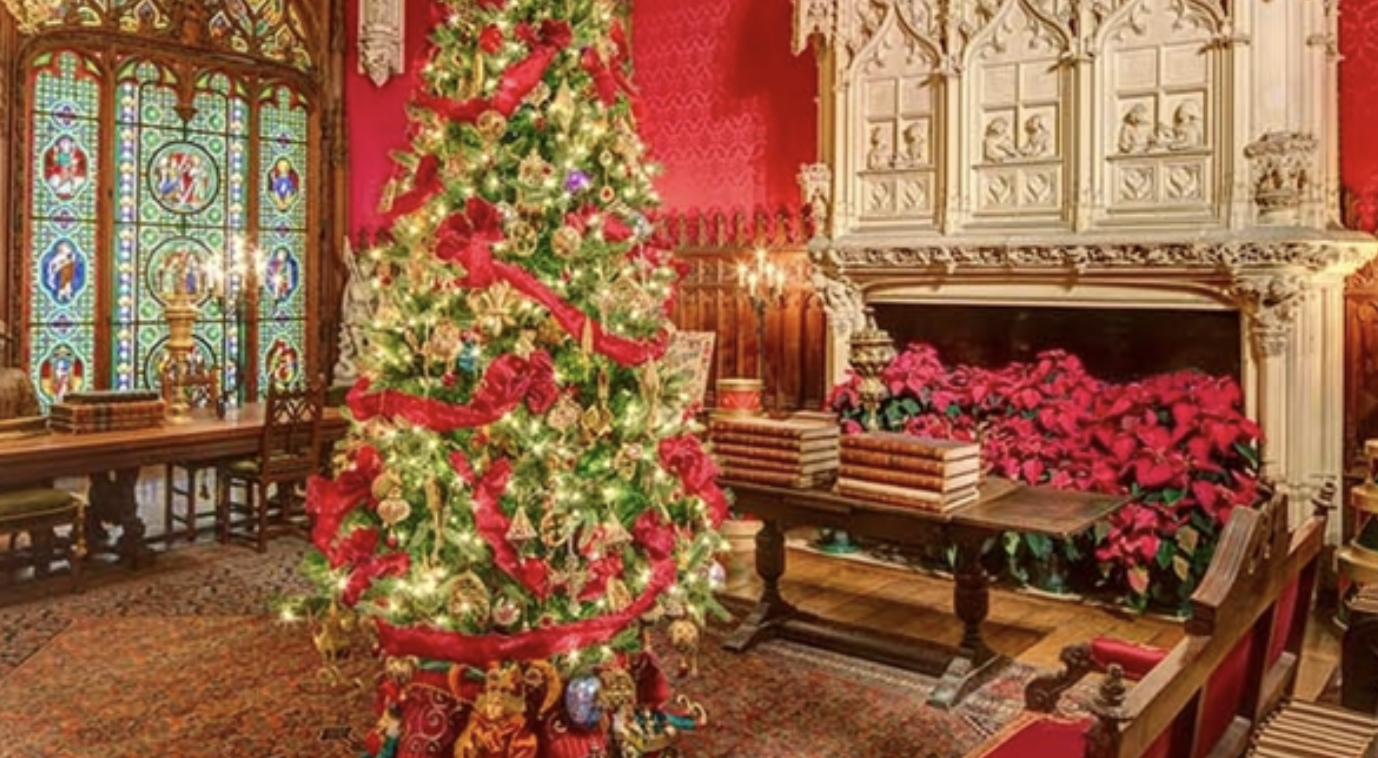Search Posts
Recent Posts
- Bed Bug Awareness: At home, hotel rooms, dorms, vacation rentals, only 29% can identify a bed bug June 8, 2025
- A crack in the foundation – Michael Morse June 8, 2025
- Ask Chef Walter: Ultra processed foods – Chef Walter Potenza June 8, 2025
- Rhode Island Weather for June 8, 2025 – Jack Donnelly June 8, 2025
- Vinny Paz to be inducted TODAY into the International Boxing Hall of Fame – CES Boxing June 7, 2025
Categories
Subscribe!
Thanks for subscribing! Please check your email for further instructions.

Proof of vaccination required to tour, work, volunteer at Newport Mansions
New Requirements for Newport Mansions Visitors Begin Jan. 3
Visitors who purchase tickets or memberships onsite will be asked to provide proof of vaccination at time of purchase. For those already holding tickets, and for members, proof of vaccination must be provided at the entrance.
Beginning Saturday, January 15, the Preservation Society will also require visitors to the Newport Mansions to provide proof of a COVID booster shot for all those eligible to receive it.
These same requirements – which also include wearing face coverings indoors – will extend to employees, fellows, interns, volunteers and others who work or provide services on Preservation Society properties.
“We continue to monitor the latest developments regarding COVID, and we intend to be flexible and responsive to evolving conditions,” Preservation Society CEO Trudy Coxe said Tuesday. “Our goal, first and foremost, is to help protect the health of our visitors and our staff. We appreciate your understanding and cooperation.”
For full details of the Newport Mansions vaccination policy, please visit www.NewportMansions.org.
About the Preservation Society of Newport
The Preservation Society of Newport County, Rhode Island, is a nonprofit organization accredited by the American Alliance of Museums. It is dedicated to preserving and interpreting the area’s historic architecture, landscapes, decorative arts and social history. Its 11 historic properties – seven of them National Historic Landmarks – span more than 250 years of American architectural and social development.
